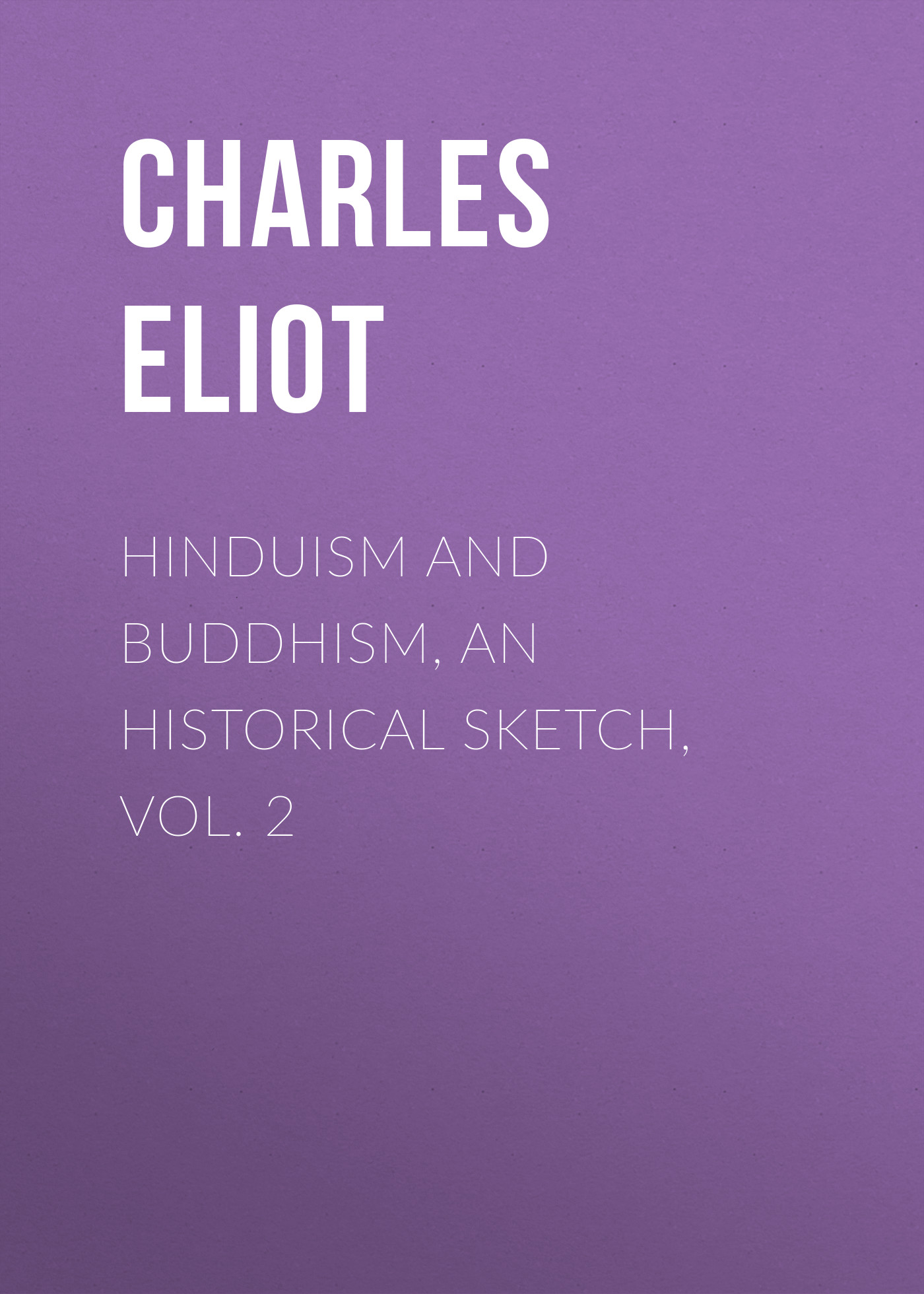align="left">
54
But a Siamese inscription of about 1361, possibly influenced by Chinese Mahayanism, speaks of the ten Bodhisattvas headed by Metteyya. See
55
56
Dig. Nik. XXVI. 25 and Buddhavamsa, XXVII. 19, and even this last verse is said to be an addition.
57
See
58
See Watters and Péri in
59
He has not fared well in Chinese iconography which represents him as an enormously fat smiling monk. In the Liang dynasty there was a monk called Pu-tai (Jap. Hotei) who was regarded as an incarnation of Maitreya and became a popular subject for caricature. It would appear that the Bodhisattva himself has become superseded by this cheerful but undignified incarnation.
60
The stupa was apparently at Benares but Hsüan Chuang's narrative is not clear and other versions make Râjagṛiha or Srâvasti the scene of the prediction.
61
Campa. This is his bodhi tree under which he will obtain enlightenment as Sâkyamuni under the
62
63
Chinese P'u-hsien. See Johnston,
64
Or Mahâsthâna. Chinese, Tai-shih-chih. He appears to be the Arhat Maudgalyâyana deified. In China and Japan there is a marked tendency to regard all Bodhisattvas as ancient worthies who by their vows and virtues have risen to their present high position. But these euhemeristic explanations are common in the Far East and the real origin of the Bodhisattvas may be quite different.
65
66
Kshitigarbha is translated into Chinese as Ti-tsang and Jizō is the Japanese pronunciation of the same two characters.
67
In
68
The Earth goddess is known to the earliest Buddhist legends. The Buddha called her to witness when sitting under the Bo tree.
69
Three Sûtras, analysed by Visser, treat of Kshitigarbha. They are Nanjio, Nos. 64, 65, 67.
70
A celebrated monastery in the portion of An-hui which lies to the south of the Yang-tse. See Johnston,
71
There is some reason to think that even in Turkestan Kshitigarbha was a god of roads.
72
In Annam too Jizō is represented on horseback.
73
In Mahâparinib. Sut. I. 16 the Buddha is made to speak of all the other Buddhas who have been in the long ages of the past and will be in the long ages of the future.
74
Though Dhyâni Buddha is the title most frequently used in European works it would appear that Jina is more usual in Sanskrit works, and in fact Dhyâni Buddha is hardly known outside Nepalese literature. Ratnasambhava and Amoghasiddhi are rarely mentioned apart from the others. According to Getty (
75
About the same period Śiva and Vishnu were worshipped in five forms. See below, Book V. chap. III. sec. 3
76
Nanjio, Cat. No. 28.
77
Virocana also occurs in the Chândogya Up. VIII. 7 and 8 as the name of an Asura who misunderstood the teaching of Prajâpati. Verocana is the name of an Asura in Sam. Nik. I. xi. 1. 8.
78
The names of many of these Buddhas, perhaps the majority, contain some word expressive of light such as Âditya, prabhâ or tejas.
79
Chap. XX. Pushpavalivanârajikusumitâbhijña.
80
81
Vishnu P., Book III. chap. II.
82
See below: Section on Central Asia, and Grünwedel,
83
Amitâyur-dhyâna-sûtra. All three works are translated in
84
Praṇidhâna. Not only Amitâbha but all Bodhisattvas (especially Avalokita and Kshitigarbha) are supposed to have made such vows. This idea is very common in China and Japan but goes back to Indian sources. See
85
These Bodhisattvas are also mentioned but without much emphasis in the Greater Sukhâvatî-vyûha.
86
Even in Hinayanist works such as the Nidânakathâ Sumedha's resolution to become a Buddha, formed as he lies on the ground before Dipankara, has a resemblance to Amîda's vow. He resolves to attain the truth, to enable mankind to cross the sea of the world and only then to attain Nirvana.
87
See Foucher,
88
The Bhagavad-gîtâ states quite clearly the doctrine of the deathbed prayer (VIII. ad init.). "He who leaves this body and departs remembering me in his last moments comes to my essence. Whatever form (of deity) he remembers when he finally leaves this body, to that he goes having been used to ponder on it."
89
See art. Âdi-Buddha in
90
For the prevalence of the doctrine in mediæval Bengal see B.K. Sarkar,
Sometimes the Âdi-Buddha is identified with Vajrasattva or Samantabhadra, although these beings are otherwise classified as Bodhisattvas. This appears analogous to the procedure common in Hinduism by which a devotee declares that his special deity is all the gods and the supreme spirit.
91
It would appear that some of the Tantras treat of five bodies, adding to the three here given others such as the Ânandakâya, Vajrakâya and Svabhâvakâya. For this doctrine see especially De la Vallée Poussin,
92
Translated into Chinese by Dharmaraksha between 397 and 439 A.D.
93
The prototype of the Sambhoga-kâya is found in the Pali
